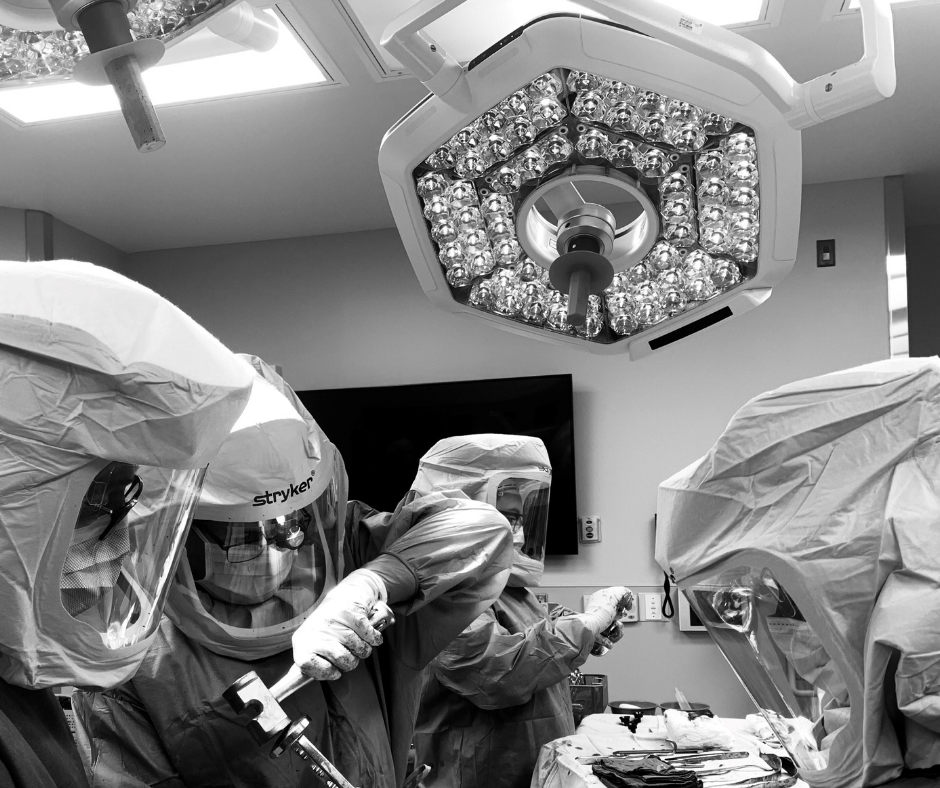12 Nov Total Shoulder Replacement

Shoulder pain can be one of the worst forms of joint pain. Unlike a knee, which may be able to rest at night, shoulder pain can become excruciating during the night – after an already difficult day of not being able to lift the arm or reach. Many patients at the Bone and Joint Institute of Tennessee are finding relief from shoulder pain, thanks to shoulder replacement surgery (in addition to conservative therapy, medicine, and injections). ![]()
TOTAL SHOULDER REPLACEMENT
Total shoulder replacement has seen dramatic improvements in recent years. Christopher Stark, M.D., explains, “We were the first ones in the area to use navigational assisted shoulder replacement for both the anatomic and reverse procedures. Navigational assistance allows us to use a CT scan and a 3-D model to plan surgery and perfectly fit the anatomy that the patient presents. The shoulder was slower to come around to navigational assistance, unlike the knee or hip, because the glenoid cavity of the socket is quite small. Getting a stable fixation was always a challenge. With the CT scan and 3-D modeling, we find the optimal place to put that socket in either the anatomical or reverse shoulder replacement. It’s really changed my practice and the way I look at the socket.” During the procedure, the surgeon receives real-time feedback indicating exactly where to operate, so they are confident in reproducing the operative plan. “It’s deceptive,” says Stark. “When you look at the socket, you think you know exactly where you’re going to go, but the navigational direction will tell you when your arm is going too high or too low. This technology dramatically helps reduce loosening that can occur over the years when a joint is not placed with this level of precision.” “If someone has shoulder pain, I encourage them to come in and get it evaluated,” says Stark. “We always try conservative activities first. Once pain inhibits your quality of life, it’s time to get it fixed. The good news is that shoulder replacement is a quick, easy recovery. We keep patients in a sling for six weeks, but I encourage them to exercise every hour. We start the therapy fairly quickly to get back the range of motion. There are soreness and pain initially in the first few days, but not a lot after that. It’s really a straightforward recovery with not much risk and great upside. I estimate approximately 97-99% of patients are very excited about their shoulder outcome.” ![]()
SPECIAL COVID-19 PRECAUTIONS
The Bone and Joint Institute of Tennessee remains fully open while taking special precautions during the COVID-19 pandemic, including patient and employee screening and frequent cleaning. Learn more on their COVID-19 FAQ page. ![]()
SHOULDER REPLACEMENT SURGERY AT THE BONE AND JOINT INSTITUTE
For more information about total shoulder replacement surgery, contact Christopher Stark, M.D. at The Bone and Joint Institute of Tennessee. Call (615) 791-2630. You can also schedule an appointment online.
